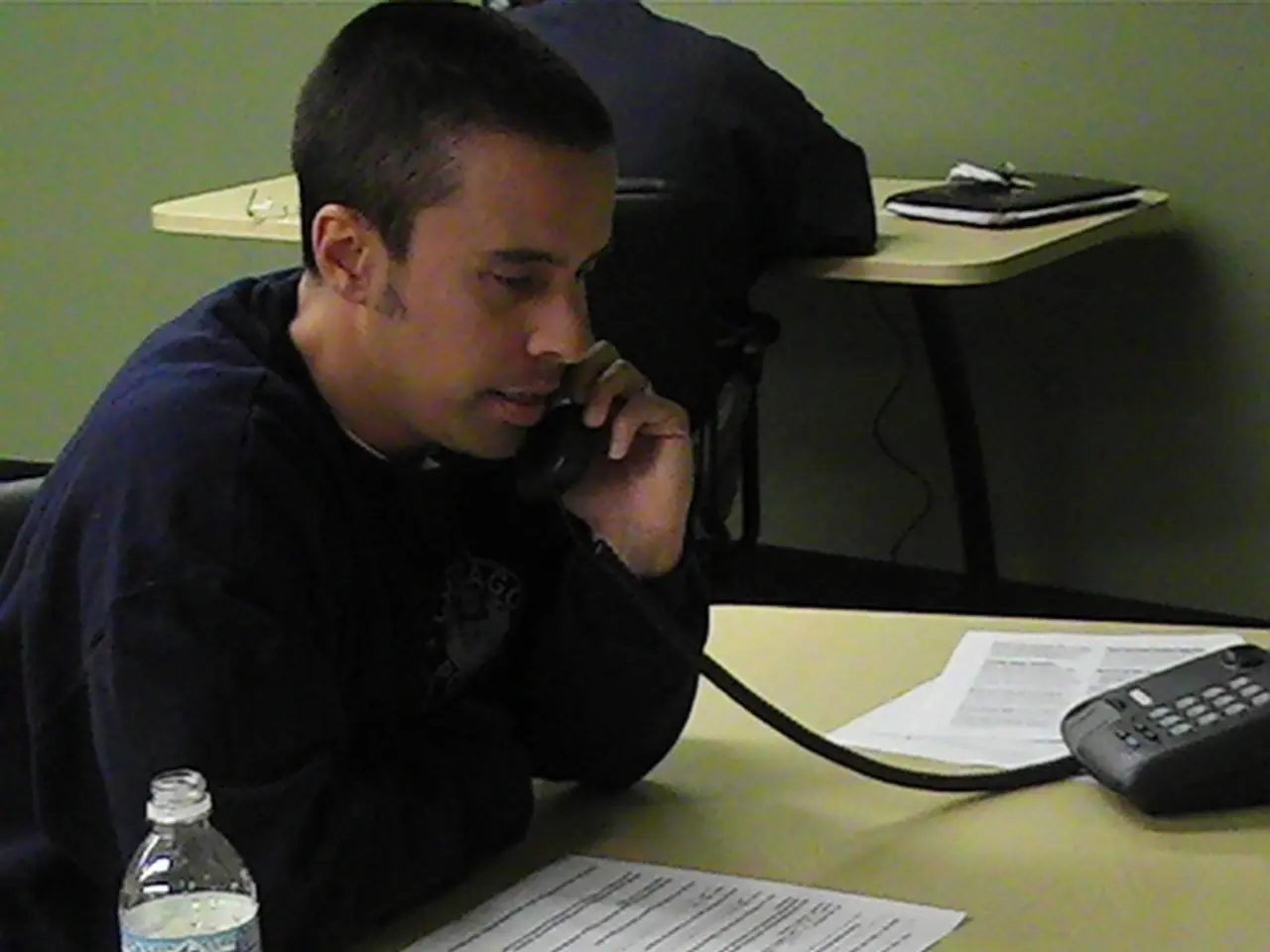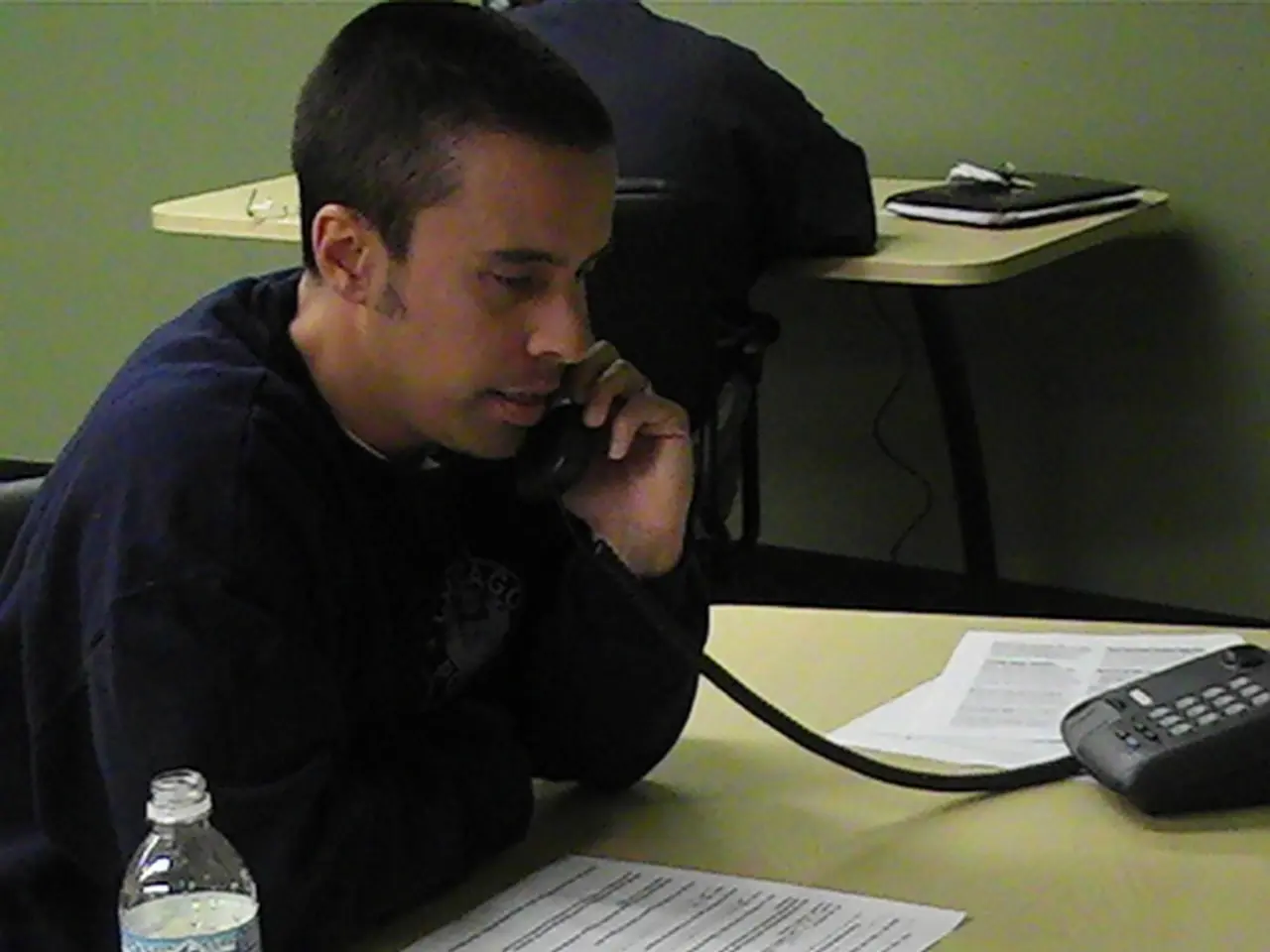Signs and Factors Indicating Suicidal Tendencies and Risks
In a world where mental health is increasingly becoming a priority, it's essential to understand the warning signs of suicide. People having thoughts of suicide should know that these feelings may represent a temporary crisis, and it is possible to find hope and to get rid of these feelings without resorting to suicide.
Suicidal thoughts can often be expressed through verbal signs such as talking about suicide, expressing feelings of hopelessness, or saying they feel like a burden. Other emotional signs may include hopelessness, despair, or apathy, anger or agitation, depression or anxiety, shame or humiliation, loneliness or isolation, extreme mood swings, or feeling like a burden.
Behavioral signs can also indicate a person is at risk of suicide. These may include giving away possessions, changes in sleep or eating habits, engaging in self-harm, or ignoring hobbies. Notable changes in behavior or mood, such as extreme withdrawal, agitation, sadness, hopelessness, rage, or anger, are also significant warning signs.
If these signs are noticed, it is important to take them seriously as they may indicate that the person is in crisis and at risk of suicide. Immediate action such as contacting emergency services or a crisis helpline is crucial if the person appears to be in imminent danger.
In the United States, the National Suicide Prevention Lifeline (1-800-273-TALK or 988) is available for crisis support, offering phone, text, and chat services 24/7. The Crisis Text Line can also be reached by texting HOME to 741741 for free, confidential support 24/7.
People attempting to help a loved one who feels suicidal should take the threat seriously, support the person to get mental health care, ask the person to develop a safety plan, remove guns and other lethal means from the home, avoid judging or dismissing the person, focus on the person's feelings, check in with the person frequently, minimise the amount of time the person spends alone, and call 911 if the threat is immediate.
It's also crucial to remember that every suicide threat is serious because every life is valuable, and people should not delay calling for help. Most people who are having thoughts of suicide do not really want their lives to end, they want the pain to end.
Environmental risk factors for suicide include a history of trauma, abuse, or maltreatment as a child, isolation or lack of social support, religious or cultural beliefs that support suicide in certain contexts, local outbreaks of suicide, the recent suicide of a celebrity or loved one, a recent loss, inadequate access to quality mental health care, mental health stigma, and resistance to seeking help.
However, there are also protective factors that may reduce the risk of suicide. These include access to quality, timely, supportive mental health care, support from loved ones, lack of mental health stigma, a sense of connection to others, nonviolent conflict resolution skills, limited or no access to guns or other lethal means.
For more advice on supporting a person who is thinking of suicide, visit the American Foundation for Suicide Prevention. If you're not in the U.S., Befrienders Worldwide can help find a helpline in your country.
Suicide is a preventable tragedy, and friends, family, colleagues, and other people can help by offering support and connecting at-risk individuals to preventive resources. Let's work together to end the stigma surrounding mental health and support those in need.
- In the health-and-wellness and mental-health fields, understanding that verbal signs such as talking about suicide, expressing feelings of hopelessness, or saying they feel like a burden, may be indicators of a crisis that could lead to suicide.
- During a crisis, immediate action like contacting emergency services or a crisis helpline, such as the National Suicide Prevention Lifeline (1-800-273-TALK or 988) in the United States, or the Crisis Text Line (text HOME to 741741), can help prevent suicide by offering crucial crisis support.
- Prevention efforts in science and mental health can also focus on reducing risk factors, such as improving access to quality mental health care, fostering a sense of connection to others, and removing lethal means from at-risk individuals' environments, thus contributing to the goal of ending the stigma surrounding mental health and supporting those in need.




